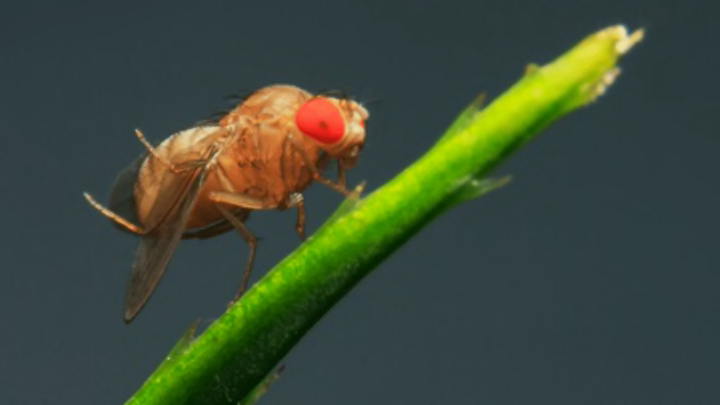At Stanford, brain surgery is a task that can now be delegated to the robots—at least when it comes to fruit fly research.
A high-speed robot designed to be an automated lab assistant can study as many 1000 flies in a 10-hour period, a group of Stanford roboticists and biologists report in the journal Nature Methods. Rather than employing grad students with tweezers to determine gender, measure size, and perform brain surgery on fruit flies—one of the most popular model organisms for biology and medicine—a $5000 robot can do it.
It’s understandably hard to catch and handle flies; researchers often use anesthesia to slow down the insects, which can alter their movement and inhibit research. Having a swift-moving robot that can capture, manipulate, and dissect them without the use of anesthesia makes the task of studying large numbers of the insects much faster. The robot tracks the fly it wants to grab using infrared light. Gentle suction holds the flies in place, and they can later be released for further study.
While a robot performing brain surgery is exciting on its own, having more test subjects in their studies gives greater weight to the researchers' scientific findings. “Overall, our programmable system flexibly combines automated handling, surgical maneuvers, machine vision and behavioral assessments—without using anesthesia and while providing greater statistical power than humans can easily muster,” the researchers write.
[h/t: The New York Times]
